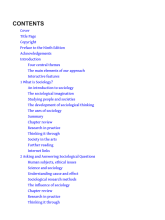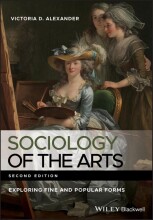Baroque Age - Baroque in Italy - Painting in Italy
5 important questions on Baroque Age - Baroque in Italy - Painting in Italy
Artemisia Gentileschi was known as being one of several "Caravaggisti".
What does that mean and why was she known for that?
Who was Artemisia Gentileschi and when did she live?
- Artemisia Gentileschi (1593 - ca. 1653) was an Italian painter.
- She painted in Caravaggio's style.
- Her work embodies the emotional and dramatic side of the Baroque, with her figures almost showing sines of movement and bursting out of the painting.
- Her paintings have been linked to a sexual assault at the age of 15 by one of her teachers, where she was later tortured in court with a thumbscrew to verify the validity of her accusation.
Who was Elisabetta Sirani and when did she live?
- Sirani (1638-1665) was an Italian painter.
- She was known for the speed with which she produced paintings.
- Loved because of the sentimentality in her work.
- Her maid was accused of poising Sirani to her untimely death, but was acquitted after an autopsy discovered perforated ulcers.
- Higher grades + faster learning
- Never study anything twice
- 100% sure, 100% understanding
What can you tell about Giovanna Garzoni?
- Lived from 1600-1670 in Italy.
- Paintings in contrast of other Baroque artists in Italy, with showing no emotional drama and obscuring shadows.
- Remembered of her still life depictions, which instead of Italy, was already popular in Northern Europe.
- Garzoni was very good at painting what the eye sees, down to the tiniest detail.
Who Fra Andrea Pozzo?
- He was an Italian Baroque painter.
- Lived from 1642-1709.
- Made ceiling fresco's that made use of quadratura, a painting technique to trick the eye in thinking the architecture extends the actual ceiling.
- His depiction of the Triumph of St. Ignatius of Loyola is called the epitome of the illusionistic Baroque ceiling fresco.
The question on the page originate from the summary of the following study material:
- A unique study and practice tool
- Never study anything twice again
- Get the grades you hope for
- 100% sure, 100% understanding































